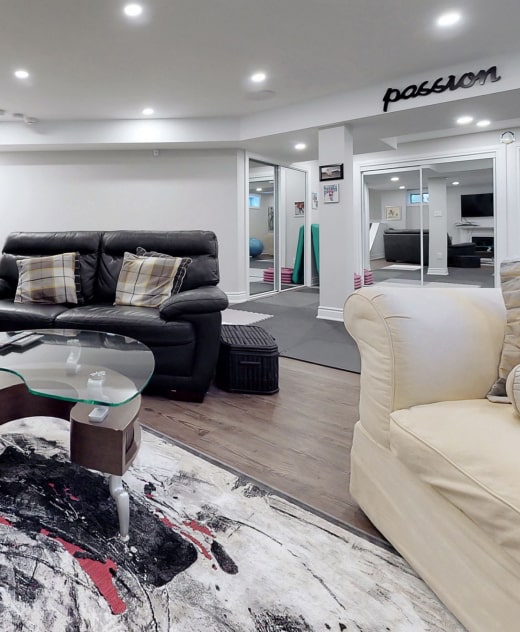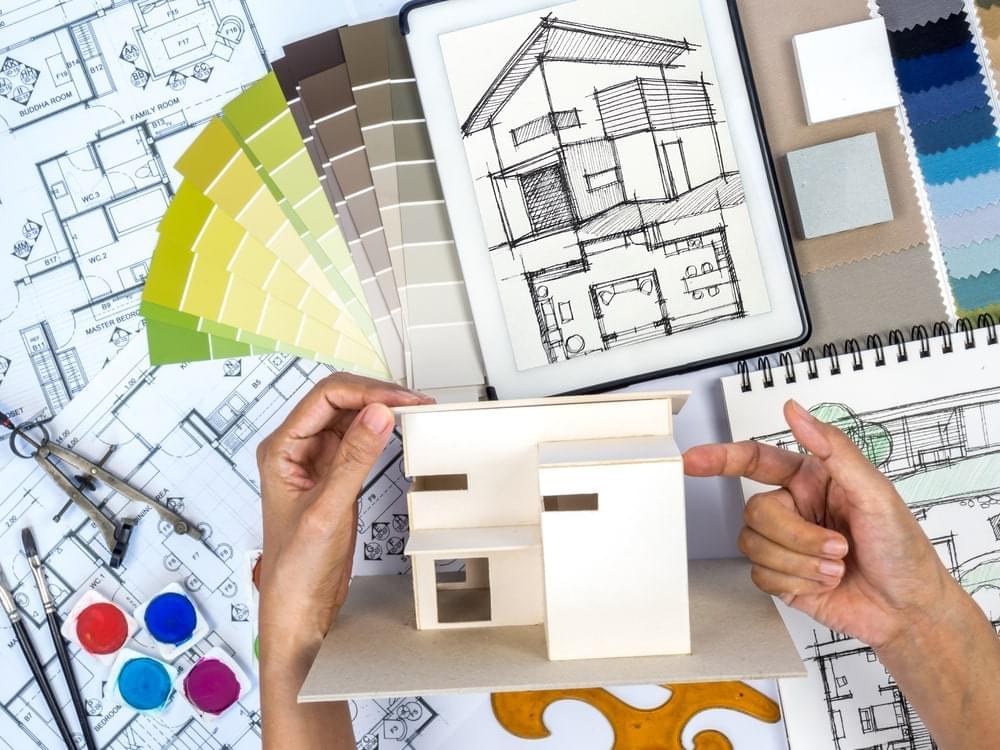Can I Claim Home Renovations on My Taxes in Canada?
Claiming home renovations on your taxes in Canada is possible, but only under specific government-approved programs like the Home Accessibility Tax Credit and the Multigenerational Home Renovation Tax Credit. To claim deductions, your renovation project must meet strict requirements (which we will discuss further in this article), and the claim must also be filed correctly with supporting documents.
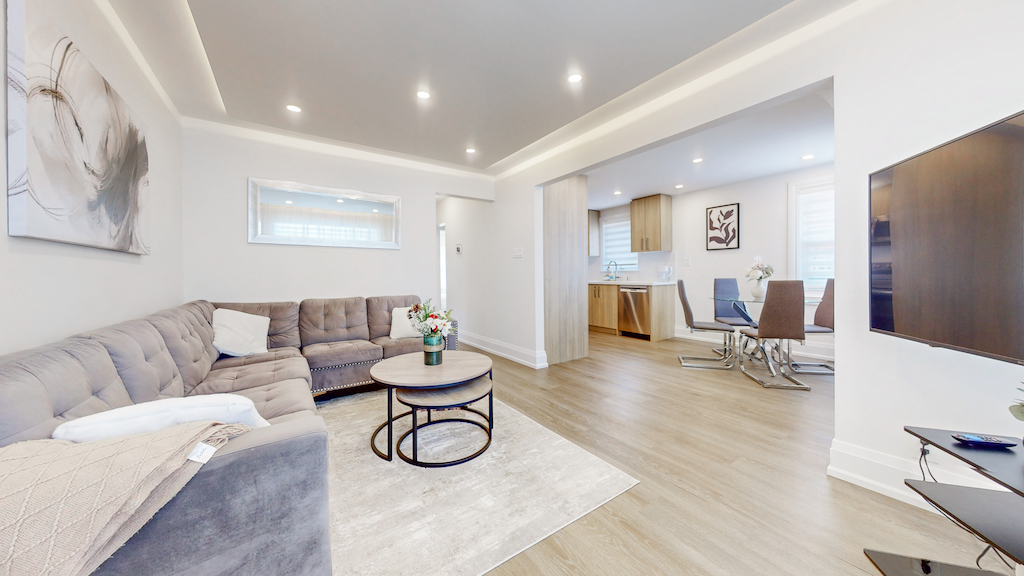
Multigenerational Home Renovation Tax Credit (MHRTC)
The MHRTC, introduced by the Canadian government, is a program designed to help eligible individuals renovate their homes to create a legal secondary suite for senior or disabled family members. Homeowners are allowed to claim 15% of the eligible renovation expenses up to $50,000, which translates to a maximum refundable tax credit of $7,500.
What Expenses Can Be Claimed
- Construction materials, including flooring, roofing materials, paint, drywall, and insulation.
- Payments to contractors, plumbers, carpenters, electricians, and other labourers involved in the renovation project.
- Costs incurred when renting necessary home and basement renovation equipment or purchasing fixtures and building plans.
- The fees paid for building permits for the full home renovation in Toronto.
Requirements to Claim
- You must be renovating the home to support someone 65 years or older (by the time the renovation is completed) or between 18 and 64 years old, approved for the Disability Tax Credit.
- The person claiming must be a qualifying and Canadian resident, already living or planning to live in the renovated home within 12 months after renovation ends.
- The renovation must entail creating a secondary unit within the existing dwelling or the property, and it must meet the applicable local permits and building codes.
- The renovation project must have been completed in the tax year you are making the claim, regardless of when it started.
How to Claim
- Complete the Schedule 12 form, usually found on the official Canada Revenue Agency website, ensuring you fill in all the required details, including the amount of eligible renovation expenses.
- File your tax return by submitting your completed income tax and benefit return, along with the Schedule 12 form and all the supporting documents, to the CRA.
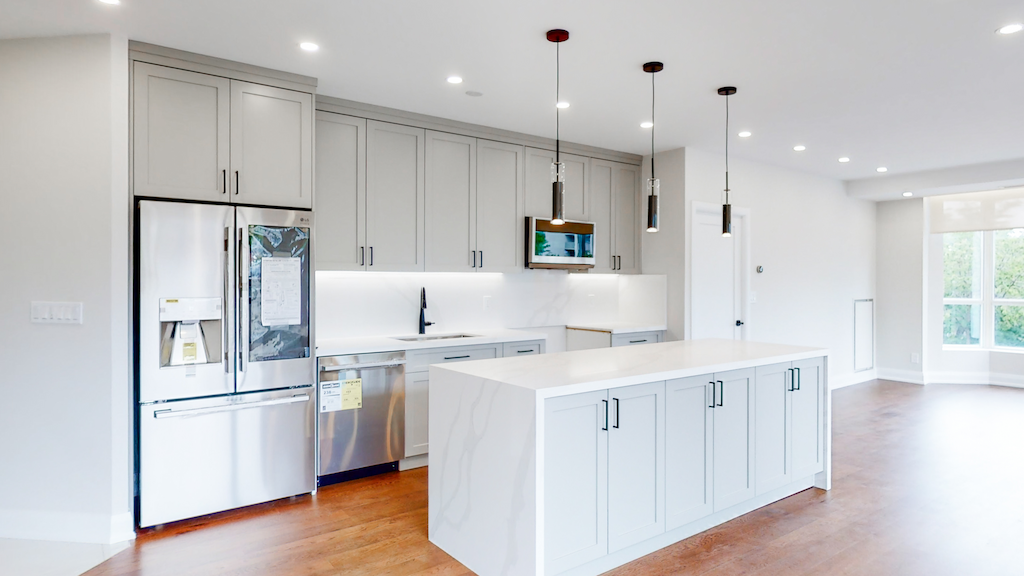
Home Accessibility Tax Credit (HATC)
This is a non-refundable tax credit that helps seniors or disabled people make their homes safer and more accessible. The tax credit rate offered is 15% on eligible expenses up to $20,000 (meaning up to $3,000 in tax savings) for disability home renovation.
What Expenses Can Be Claimed
Works such as installing non-slip flooring, bathroom grab bars, wheelchair ramps, and widening doors fall under eligible expenses to be claimed.
Others include building materials, fixtures, permits, equipment rental, and building plans. In addition, the paid work completed by professionals like plumbers, carpenters, and electricians also qualifies as eligible expenses.
Requirements to Claim
- The renovation must be for a qualifying individual (either the taxpayer, their spouse or common law partner, or an eligible relative).
- The qualifying individual must be 65 years of age or older or qualify for the disability tax credit.
- The home must be in Canada, and it must be owned either solely or jointly by the qualifying individual or someone eligible.
- The qualifying individual must live in the home being renovated or plan to by the end of the renovation.
How to Claim
- Ensure you have all the supporting documents with you, including receipts and invoices.
- Complete the HATC Chart for line 31285 in your federal worksheet ( where you enter the total amount for eligible renovation expenses).
- Submit your tax return by sending it to the CRA or online using certified tax software.
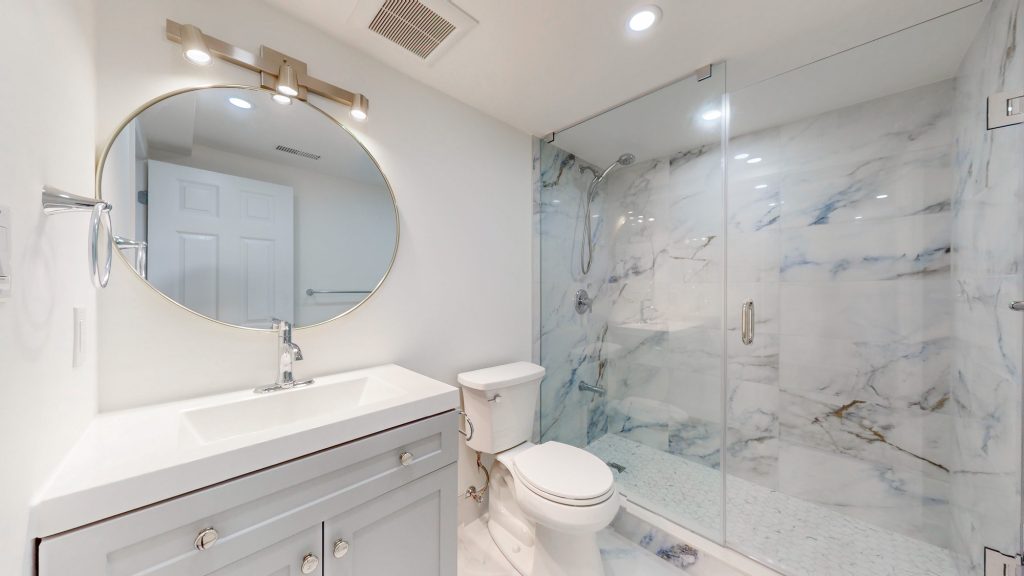
GST/HST New Housing Rebate
This program allows eligible individuals to recover some of the Goods and Services Tax or the Federal part of the Harmonized Sales Tax, paid on the purchases or construction of a substantially renovated or new home that will be used as the primary residence.
The rebate is worth 36% of the GST or federal portion of the HST(paid on a newly constructed home up to a maximum of $6,300 and it is valid for homes considered fair to the market (with a value of $350,000 or less).
What Expenses Can Be Claimed
The rebates only apply to the GST/HST paid on expenses incurred from substantial renovations, building your own home or hiring someone to build it, or purchasing a new house, including duplexes, single-family homes, condominiums, and townhouses.
Requirements to Claim
- You must be buying or building a new house to live in as your primary residence to qualify for the new housing rebate.
- The newly purchased or renovated home must be in Canada.
- You must have a written agreement of purchase and sale in the case of a new home purchase.
- For self-built or substantially renovated homes, the construction or renovation must be substantially completed.
- You must have supporting original copies of all relevant documents, such as purchase agreements and invoices, to support your claim.
How to Claim
- Complete the right forms. For Instance, if you bought a new home, you will need to fill out the GST190 form, and if you built or substantially renovated a home, you will fill out the GST191 form.
- Submit your completed application to the CRA or online and wait for your rebate to be processed, that is, if the CRA processes your application and verifies your eligibility.

Provincial Programs
Beyond federal tax credits, different provinces offer active renovation-related tax credits as discussed below:
Seniors Home Renovation Tax Credit: New Brunswick
New Brunswick offers tax and credits to assist seniors with the costs of home and condo renovation that enhance accessibility and safety. The refundable tax credit is up to $1,000 per year, and the individuals eligible are those who are 65 years or older and residents who live with a senior family member.
The eligible expenses are renovation works that improve the home’s safety and accessibility, such as the installation of grab bars, the upgrading of light fixtures for improved lighting, and the addition of ramps in the house.
Age-Friendly Communities Grant Program (Renovation Component): Nova Scotia
This is not a traditional tax credit, but the grant provides funding (up to $25,000) for home renovations that help seniors live independently. The program is administered through community-based organizations, and eligible projects include structural repairs, safety improvements, and accessibility retrofits.
Home Renovation Tax Credit for Seniors and Persons with Disabilities: British Columbia
This program provides a non-refundable tax credit to help individuals with disabilities or seniors (65+) make their homes safer and more accessible. The tax credit is capped at 10% of eligible expenses up to a maximum of $10,000 in eligible expenses, resulting in a maximum credit of $1,000 per year.
Eligible expenses include installation of non-slip flooring, handrails, walk-in bathrooms, or any other adjustments and renovation works that help make the home more accessible, functional, and safe.

Conclusion
While home renovations can be claimed on your taxes in Canada/GTA through the programs we have discussed in this article, it’s clear that each program comes with strict eligibility and documentation requirements. So, always ensure your house remodelling project qualifies under the relevant federal and provincial programs available.
Work with trusted companies like CSG Renovation, who are always on call (647) 428-0007 and ready to advise you on your project.

